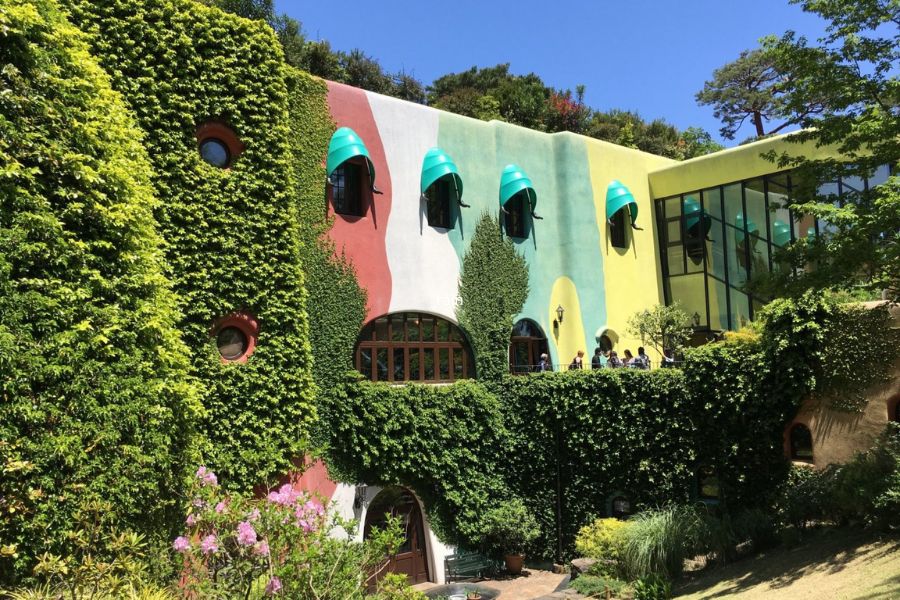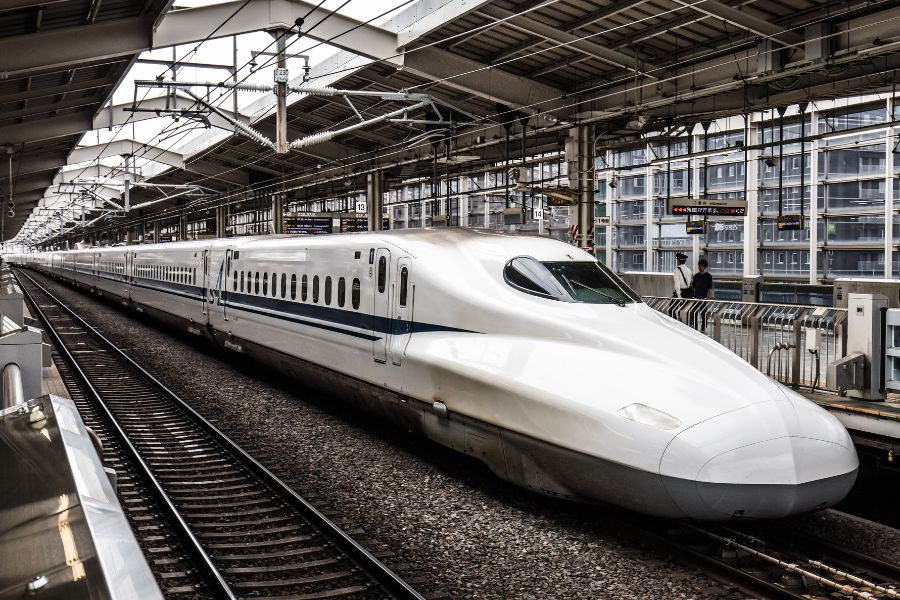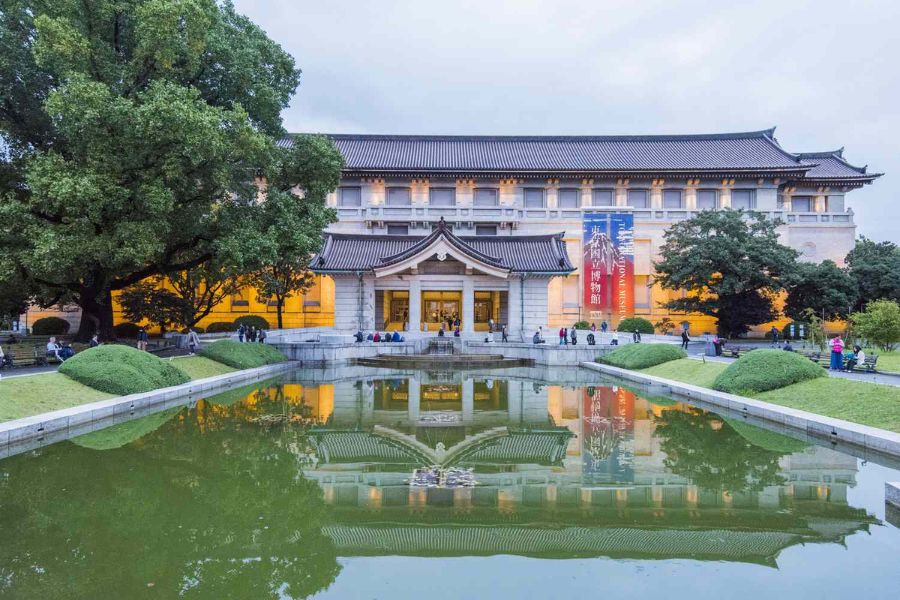Japan is a country rich in culture and history, home to a myriad of museums that offer unique glimpses into its past, present, and future.
From art and history to technology and pop culture, Japanese museums provide something for every interest.
Whether you’re a seasoned traveller or visiting Japan for the first time, planning your museum visits can make your trip more enjoyable and enriching.
In this guide, we’ll walk you through the steps to plan your museum visits in Japan effectively.
Researching Museums of Interest
The first step in planning your museum visits is to research which museums align with your interests. Japan boasts a variety of museums, each offering distinct experiences.
The Tokyo National Museum, for example, houses an extensive collection of traditional Japanese art and artefacts.
On the other hand, the Ghibli Museum in Mitaka is a must-visit for fans of Studio Ghibli’s animated films.

Ghibli Museum
Websites like TripAdvisor, Lonely Planet, and Japan Guide are great resources for getting an overview of the best museums in Japan.
Additionally, many museums have their own websites with detailed information about their exhibits, events, and facilities.
Buying Tickets in Advance
One of the most important aspects of planning your museum visits in Japan is purchasing tickets in advance.
Popular museums like the Studio Ghibli museum often sell out weeks, if not months, ahead of time, and having a ticket guarantees your entry.
Many museums offer online booking options through their official websites or third-party platforms.
Buying tickets in advance not only saves you from long queues but also allows you to plan your itinerary more efficiently.
Be sure to check if the museum offers any combo tickets or discounts for online purchases.
Some museums may also have specific entry times, so pay attention to the details when booking.
Understanding Museum Etiquette
Japanese culture places a high value on respect and etiquette, and this extends to museums as well.
Being aware of and adhering to local customs can enhance your experience and the experience of others.
For example, talking loudly and taking flash photography are generally frowned upon. Always check if photography is allowed before snapping pictures.
Many museums also provide lockers for storing bags and personal items, ensuring that you don’t accidentally damage exhibits.
Additionally, it’s polite to greet museum staff and thank them for their assistance.
Understanding and practising museum etiquette will help you blend in seamlessly and enjoy your visit without any hitches.
Japan’s public transportation system is one of the most efficient in the world, making it relatively easy to reach most museums.
Major cities like Tokyo, Kyoto, and Osaka have extensive train and bus networks that can take you close to most museum locations.
Using a prepaid travel card like the Suica or Pasmo can simplify your travel experience. Apps such as Google Maps and Hyperdia can help you navigate routes, schedules, and transfer points.
If you’re planning to visit multiple museums in different cities, consider purchasing a Japan Rail Pass for unlimited travel on JR trains, including the Shinkansen (bullet train).
Knowing your transportation options ensures that you spend more time enjoying the museums and less time figuring out how to get there.

Planning Your Itinerary
Once you’ve identified the museums you want to visit and purchased your tickets, it’s time to plan your itinerary.
Japan’s museums are spread across its many cities and regions, and careful planning is essential to make the most of your trip.
Start by grouping museums that are close to each other, allowing you to visit multiple sites in a single day.
Take note of the opening and closing times, as some museums may have shorter hours or be closed on certain days.
Allocate sufficient time for each museum visit, factoring in travel time and potential waiting periods.
Having a well-thought-out itinerary will help you maximize your museum visits and ensure you don’t miss out on any must-see exhibits.
Exploring Nearby Attractions
Many of Japan’s museums are located near other notable attractions, offering opportunities for a full day of exploration.
For instance, after visiting the Hiroshima Peace Memorial Museum, you can take a short ferry ride to Miyajima Island to see the iconic Itsukushima Shrine.
Similarly, the Kyoto National Museum is close to several historic temples, including Sanjusangendo and Kiyomizu-dera.
Combining museum visits with nearby attractions not only enriches your travel experience but also allows you to make the most of your time.
Check local guides and maps for recommendations on nearby sites, restaurants, and shopping areas to enhance your museum day trips.
Making Use of Museum Facilities
Modern museums in Japan are equipped with a range of facilities to enhance your visit. These include cafes, gift shops, and interactive exhibits.
Taking a break at a museum cafe can be a delightful experience, offering unique menu items that often reflect the theme of the museum.
Gift shops are great places to pick up souvenirs and support the museum, as proceeds often go toward funding future exhibits and maintenance.
Many museums also offer audio guides, available in multiple languages, to provide deeper insights into the exhibits.
Make use of these facilities to make your visit more comfortable and memorable.
Staying Informed About Special Exhibits
Japanese museums frequently host special exhibits that showcase rare artefacts, contemporary art, and international collections.
These exhibits can provide unique opportunities to see works that are not part of the museum’s permanent collection.
Staying informed about upcoming special exhibits can add an extra layer of excitement to your visit.
Check museum websites and social media channels for announcements and details about these exhibits.
Some special exhibits may require separate or additional tickets, so plan accordingly.
Being aware of what’s on offer can help you catch limited-time exhibits and make your museum visits even more special.

Tokyo National Museum
Planning your museum visits in Japan requires some effort, but the rewards are well worth it.
By researching museums of interest, buying tickets in advance, understanding local etiquette, navigating transportation options, planning your itinerary, exploring nearby attractions, making use of museum facilities, and staying informed about special exhibits, you can ensure a smooth and enriching experience.
Each museum offers a unique window into Japan’s rich cultural tapestry, and with proper planning, you’ll be able to appreciate and enjoy these treasures to the fullest.
Happy museum hopping!


















